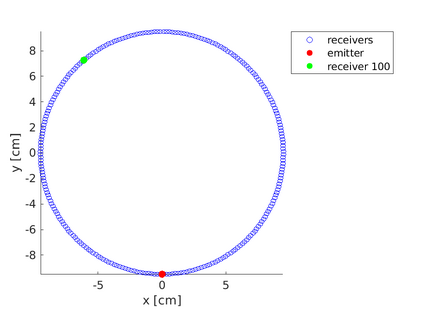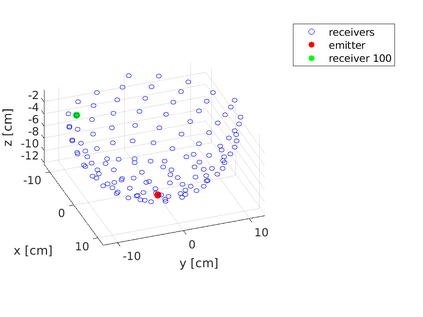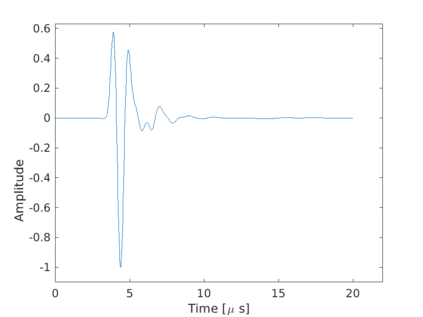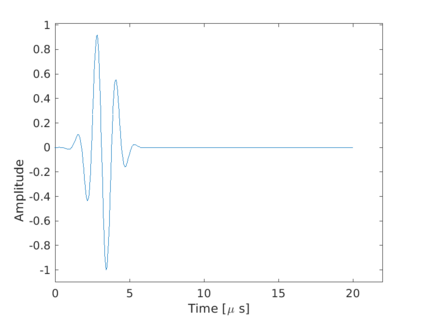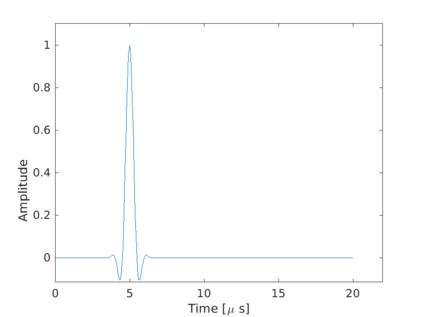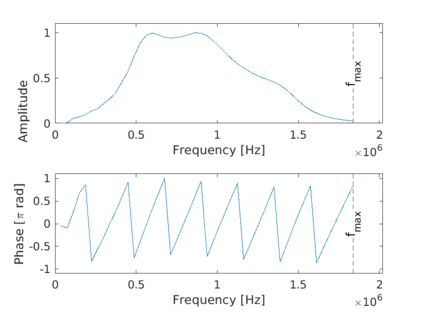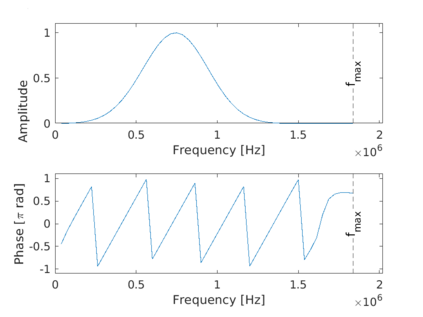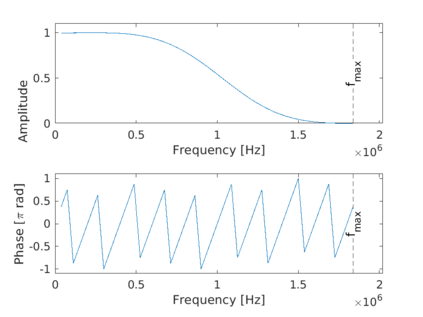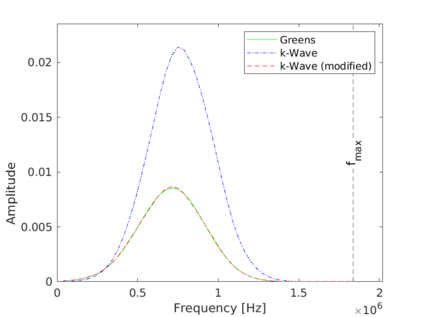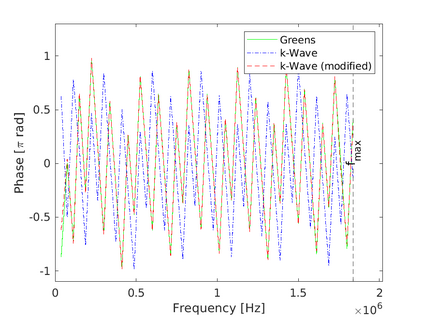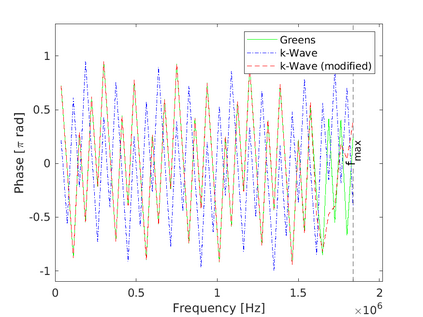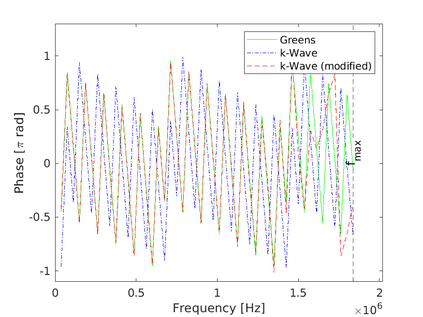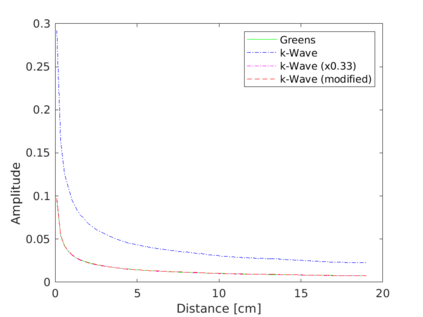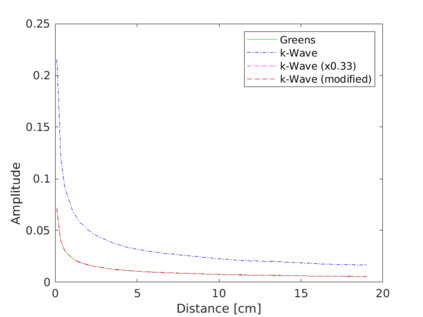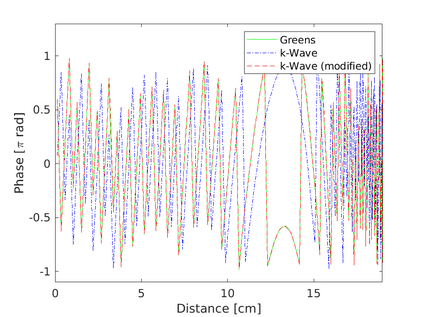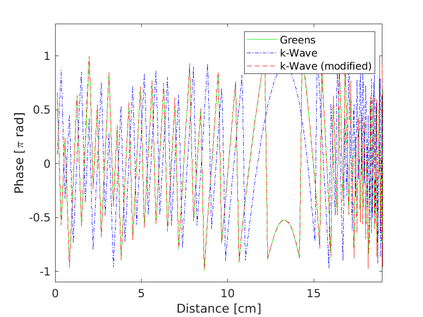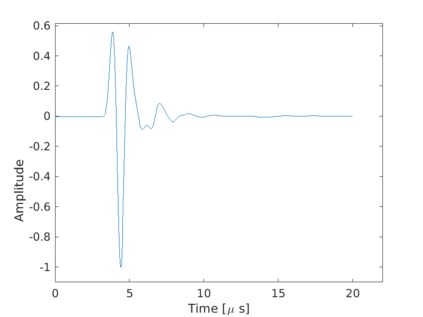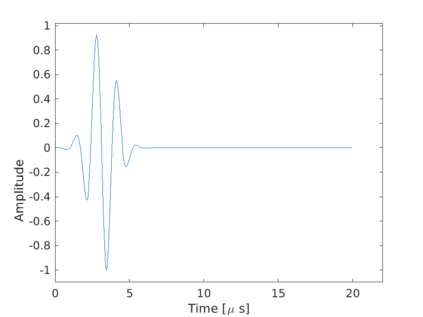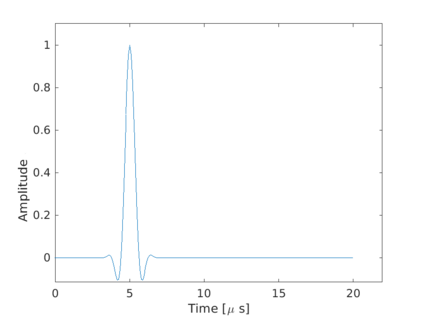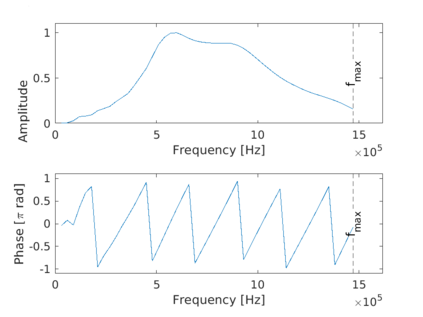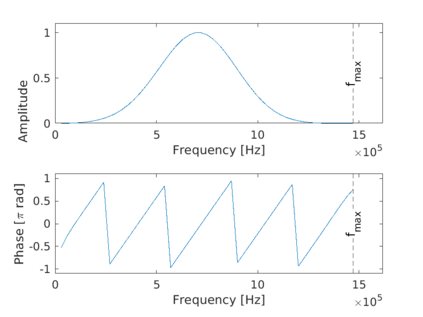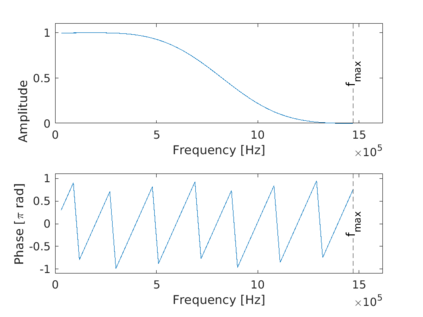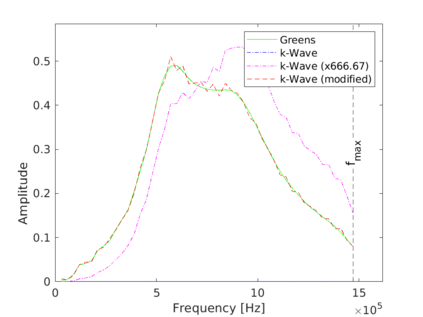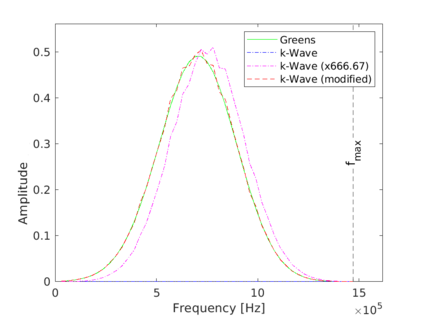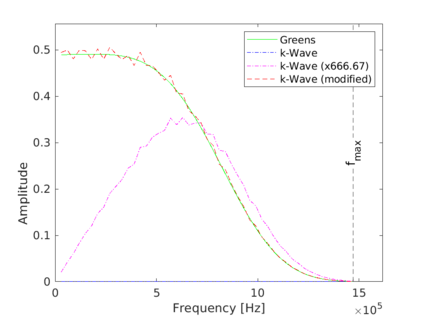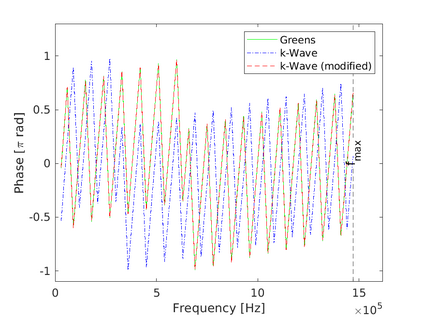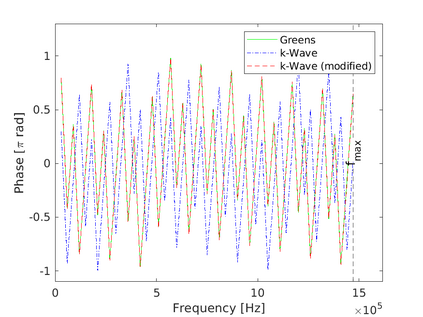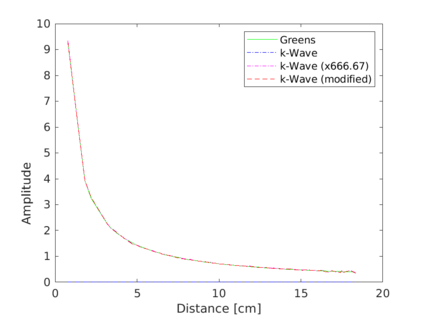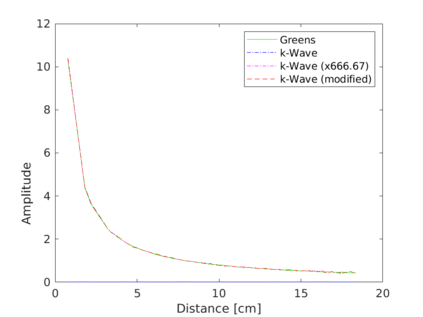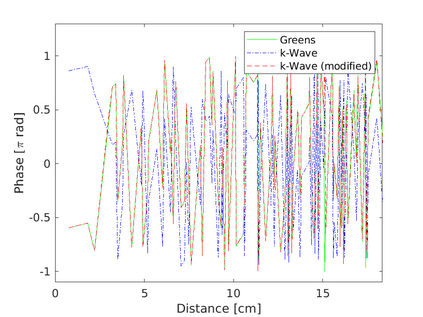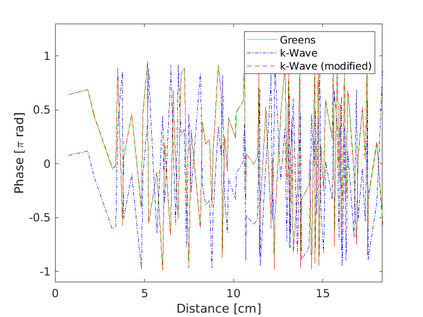Acoustic wave equation is a partial differential equation (PDE) which describes propagation of acoustic waves through a material. In general, the solution to this PDE is nonunique. Therefore, it is necessary to impose initial conditions in the form of Cauchy conditions for obtaining a unique solution. Theoretically, solving the wave equation is equivalent to representing the wavefield in terms of a radiation source which possesses finite energy over space and time.The radiation source is represented by a forcing term in the right-hand-side of the wave equation. In practice, the source may be represented in terms of normal derivative of pressure or normal velocity over a surface. The pressure wavefield is then calculated by solving an associated boundary-value problem via imposing conditions on the boundary of a chosen solution space. From ananalytic point of view, this manuscript aims to review typical approaches for obtaining unique solution to the acoustic wave equation in terms of either a volumetric radiation source, or a surface source in terms of normal derivative of pressure or normal velocity. A numerical approximation of the derived formulae will then be explained. The key step for numerically approximating the derived analytic formulae is inclusion of source, and will be studied carefully in this manuscript.
翻译:暂无翻译

